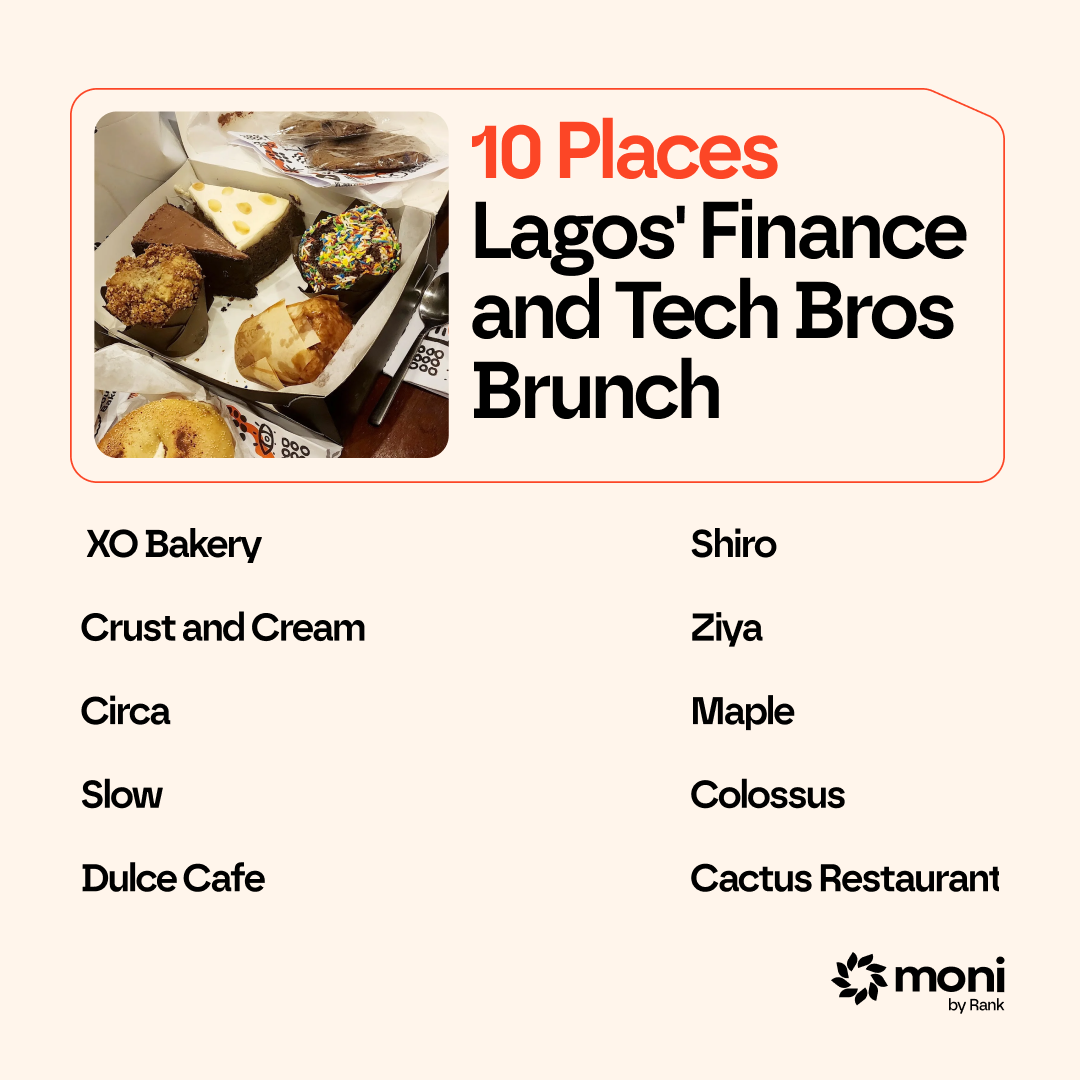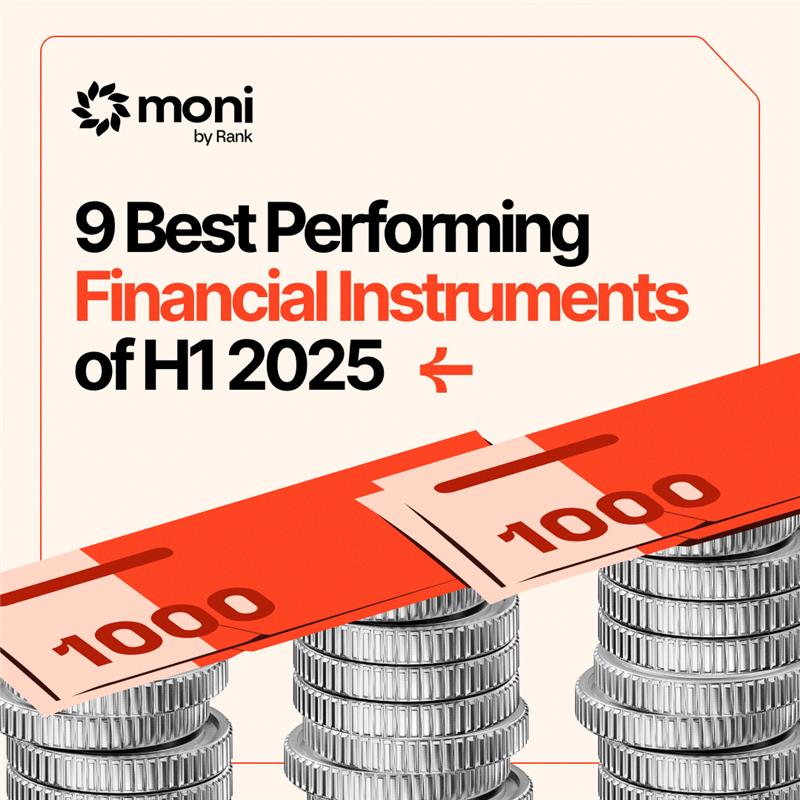You’re a Muslim in Nigeria. Eid-el-Kabir is around the corner. You want to celebrate the way your family always has — with prayer, community, and of course, meat. But how much will it really cost this year? Let’s walk through it together.

For many Muslims in Nigerians, the Ileya (Eid-el-Kabir) celebration is a vivid childhood memory — the excitement of visiting family, donning new clothes, and most importantly, the unmistakable aroma of freshly grilled ram meat. But in 2025, that once joyful tradition is being weighed down by harsh economic realities. The price of a ram, which is central to the Ileya sacrifice, has been rising steadily over the past decade, turning what was once a deeply symbolic and festive ritual into a financial strain for many households.
A Decade of Ram Price Hikes
Looking back, the cost of a medium-sized ram in 2015 ranged between ₦30,000 and ₦70,000. Fast forward to 2025, and that same ram can set you back between ₦150,000 and ₦500,000 – an increase of more than 500%. Large rams are now selling for as much as ₦1 million in markets like the Alaba market.
| Year | Price Range |
| 2015 | ₦30,000 – ₦70,000 |
| 2016 | ₦30,000 – ₦100,000 |
| 2017 | ₦40,000 – ₦100,000 |
| 2018 | ₦35,000 – ₦120,000 |
| 2019 | ₦50,000 – ₦150,000 |
| 2020 | ₦60,000 – ₦150,000 |
| 2021 | ₦65,000 – ₦150,000 |
| 2022 | ₦70,000 – ₦200,000 |
| 2023 | ₦120,000 – ₦350,000 |
| 2024 | ₦150,000 – ₦400,000 |
| 2025 | ₦200,000 – ₦500,000+ |
This sharp increase reflects more than just inflation. Insecurity in northern Nigeria — a major livestock region — has disrupted supply chains. Rising transport costs, climate change affecting pasture availability, and currency devaluation have all played roles. And with more Nigerians competing for fewer healthy rams, the market has tilted drastically in favor of sellers.

But the ram isn’t the only thing breaking the bank this season. Once you’ve made the sacrifice of buying the ram, you still have to prepare a feast and in Nigeria, no celebration is complete without a pot (or three) of jollof rice. According to the SBM Jollof Index, the cost of preparing a single pot of jollof rice rose from ₦21,300 in September 2024 to ₦25,486 in March 2025 — a 19% increase in just six months.
What’s behind this Jollof inflation?
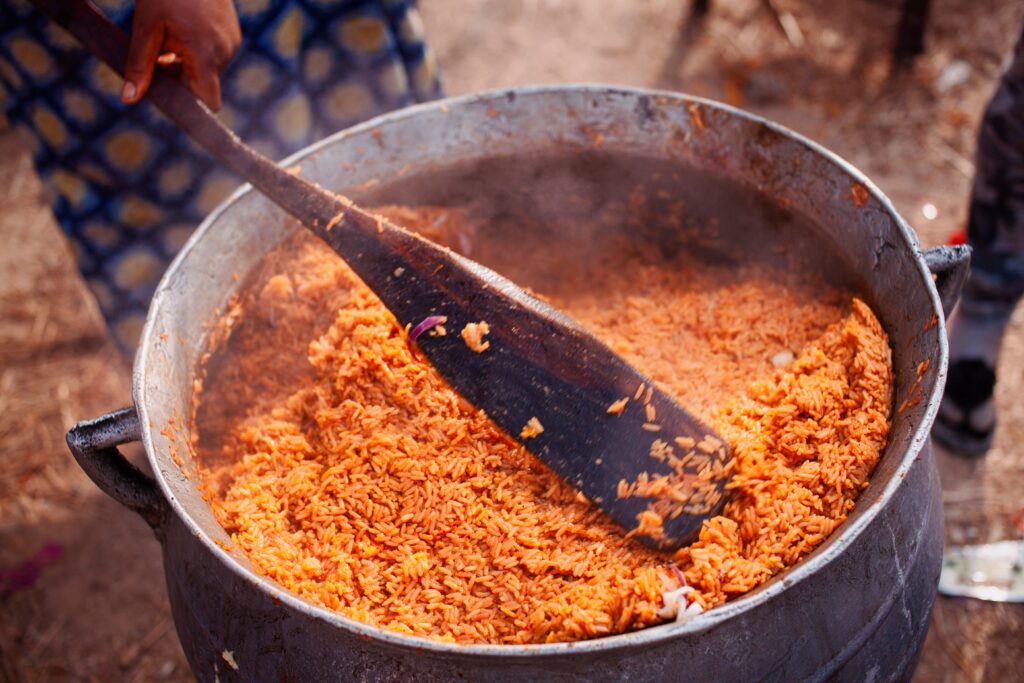
It’s not just rice. Prices of key ingredients such as tomatoes, onions, pepper, and most significantly, protein have all soared. Turkey, a popular alternative protein during festivities, now costs between ₦8,000 and ₦10,500 per kilo, up from ₦1,500–₦1,700 just a few years ago. Similarly, beef and chicken prices have followed the same trend. These price increases are often driven by fuel costs, border restrictions, import limitations, and middleman markups. Add drinks, sides, and cooking gas, and it’s no surprise that the total food budget for Ileya continues to balloon.
Let’s break it down:
Ram (medium-sized): ₦250,000
3 pots of jollof rice: ₦76,458
Drinks and other extras: ₦25,000+
New clothes for children and adults: ₦50,000 – ₦100,000
Transport, electricity, community donations: ₦20,000+
Total: Up to ₦500,000 – ₦700,000 for a modest celebration.
This is an eye-watering figure, especially in a country where the monthly minimum wage is still ₦70,000. Even for middle-class families, these costs can mean stretching finances to the breaking point or resorting to borrowing just to keep traditions alive.
So, Where Do Nigerians Go from Here?
The spiritual essence of Ileya has always been rooted in sacrifice, humility, and generosity. But in today’s Nigeria, the financial burden of celebrating Eid-el-Kabir often overshadows its deeper meaning. With ram prices soaring beyond the reach of many, Nigerians are adapting and innovating.
For some families, the solution lies in co-sharing a ram with neighbors or extended relatives, splitting both the cost and the meat.
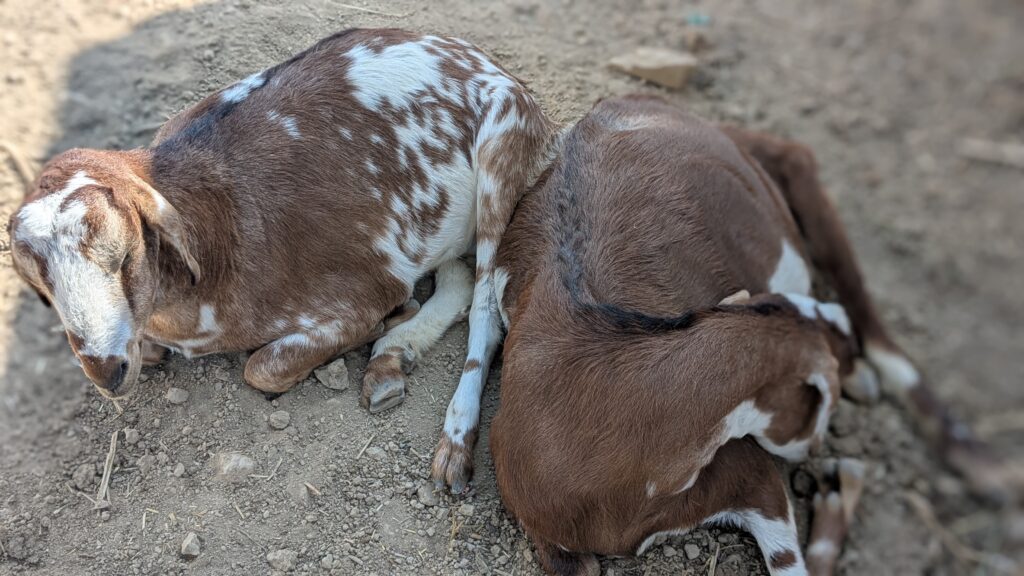
Others are turning to more affordable livestock like goats, which still fulfill the spiritual obligation of sacrifice but come at a fraction of the cost. In fact, goats, once seen as a last resort, are fast becoming the go-to option for middle-class households.
And it’s not just goats. Chickens, too, have become part of the conversation, especially for families that simply want to mark the occasion with a meal, even if they can’t afford a full livestock sacrifice.
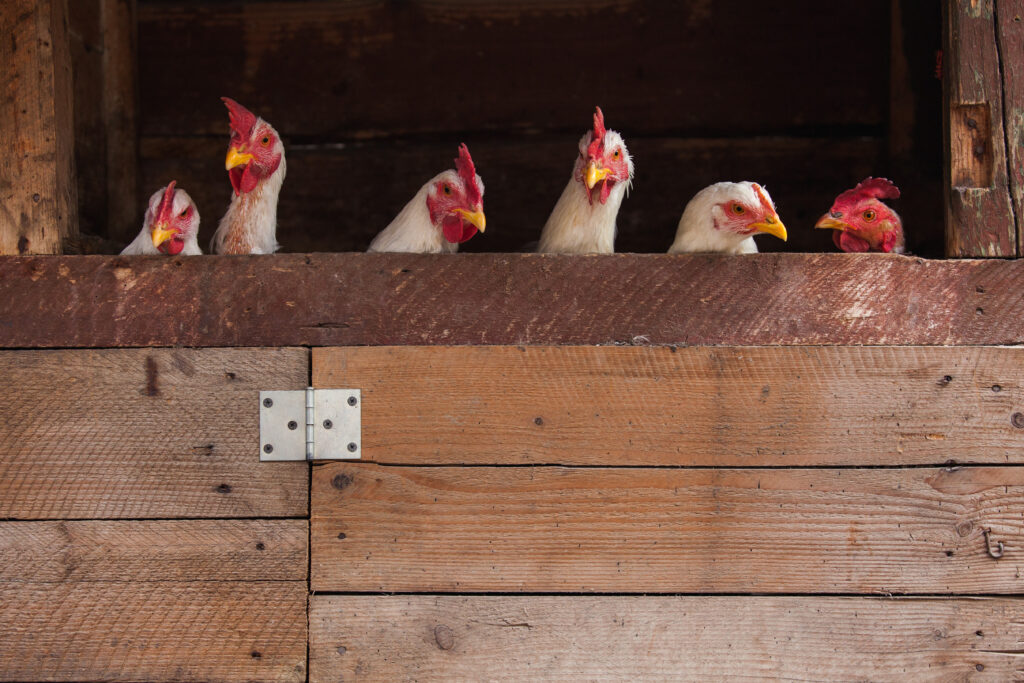
Simplified feasts, meatless dishes, and community-style cooking are all part of the creative ways Nigerians are holding on to tradition without going broke.
Despite these changes, the spirit of Ileya is alive. Joy, sharing, and prayer remain at the heart of the celebration. The methods may evolve, but the meaning endures.
If you’re looking to celebrate this year without breaking the bank, consider:
- Pooling resources to co-buy a ram with friends or family.
- Exploring local markets where ram prices are more affordable — especially in satellite towns and rural areas.
- Opting for goats or chickens as valid and meaningful alternatives.
If you’re also looking for where to get budget-friendly livestock options, check out these markets known for affordable prices:
- Kara Market (Lagos/Ibadan Expressway)
- Wudil Livestock Market (Kano)
- Mararaba Market (Nasarawa)
- Akinyele Market (Ibadan)
Check out this article and this resource for the full list of markets.

